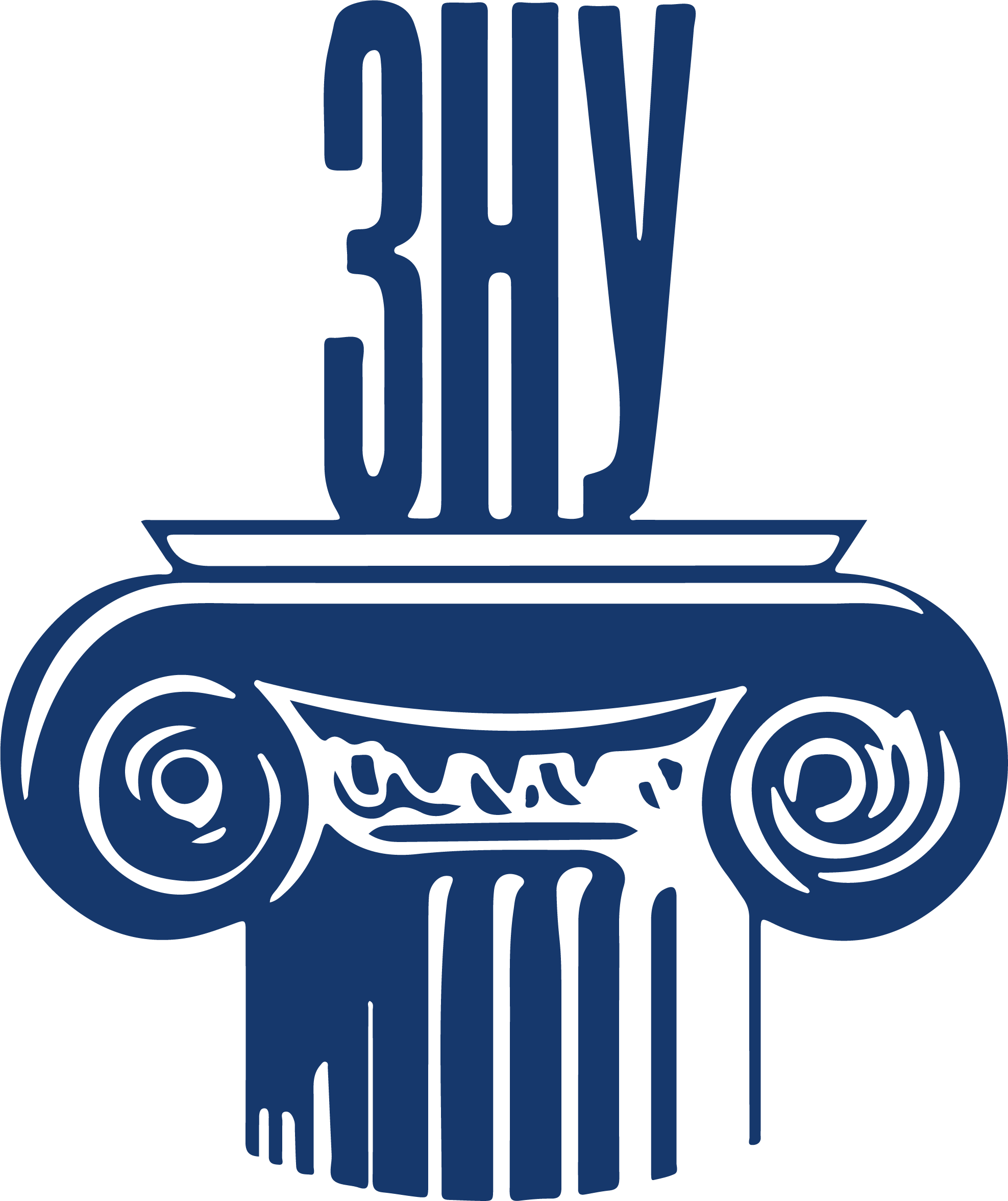ARTHUR RIMBAUD’S AUTHOR’S WORLDVIEW IN A TRANSLATOLOGY ASPECT (BASED ON THE COLLECTION “ILLUMINATIONS” AND ITS TRANSLATION INTO UKRAINIAN)
Abstract
The article presents the results of a study of the elements of Arthur Rimbaud’s author’s worldview during the “clairvoyance” period (1872–1873), verbalized through the French language, and the methods used to reproduce them in Ukrainian translations. A linguistic personality expresses its own experience and general perceptions of the surrounding world in speech. It is formed based on the individual and national contexts, with its creative self-expression becoming an essential component of a literary text. A literary work conveys a unique author’s worldview, embodied in verbalized images that have aesthetic value and reveal the writer’s inner world. The author’s perceptions of reality are illustrated in textual activities through artistic techniques and an imagery system. Artur Rimbaud’s collection “Illuminations” (1886) exemplifies poetic comprehension of reality in forms that transcend rational perception. The author creates a multidimensional system of images encompassing urban motifs and imaginary visions. They manifest a search for harmony within a chaotic world, a striving for transcendental cognition and emotional tension. Urban images convey an atmosphere of urban alienation and the opposition between order and destruction. Visions and fantasies expand the boundaries of reality, immersing the reader in a world of dreams and memories, actualized by vivid sensory components. The author’s worldview is embodied with symbolic images which gain particular significance in the context of his poetic vision. Its transformation in Ukrainian translations involves various translation techniques, including compression, compensation, and finding contextual correspondences, etc. These techniques ensure the preservation of the original’s semantic and stylistic integrity, although certain semantic and stylistic deviations in translations compared to the original text were identified during the study. Rimbaud’s worldview represents a multidimensional artistic structure combining intuitive vision with rational comprehension. Through urban and phantasmagoric images, the author creates a holistic space that becomes a field for interpretations and the search for new semantic horizons.
References
2. Голубовська О.І. Етнічні особливості мовних картин світу. Київ : Логос, 2004. 283 с.
3. Дейкун О.П. Авторська картина світу і дійсність : «надсат» у перекладі українською (на матеріалі творчості Е. Берджеса). Мовні і концептуальні картини світу. 2015. Вип. 1. С. 219–227.
4. Дубенко О.Ю. Художня картина світу: основні напрями дослідження. Мова і культура. 2013. Вип. 16, Т. 4. URL: http://nbuv.gov.ua/UJRN/Mik_2013_16_4_4.
5. Єрмоленко С.Я. Мовно-естетичні знаки національної культури. Нариси з української словесності. Київ : Довіра, 1999. С. 358–368.
6. Жайворонок В.В. Українська етнолінгвістика. Київ : Довіра, 2007. 262 с.
7. Каратєєва Г.М. Поняття мовної особистості та когнітивного стилю: гендерний аспект. Мови професійної комунікації: лінгвокультурний, когнітивно-дискурсивний, перекладознавчий та методичний аспекти : матеріали І Міжнар. наук.-практ. конф., м. Київ, 17 квітня 2014 р. Київ : Кафедра, 2014. С. 49–51.
8. Качмар О. Проблема співвіднесення концептуальної та мовної картин світу. Актуальні питання гуманітарних наук. 2014. Вип. 9. С. 173–178.
9. Корнієнко А.І., Бугайова В.М. Ідіостиль автора: мовно-літературознавчий аспект. Науковий вісник Міжнародного гуманітарного університету. Серія «Філологія». 2016. № 25. Т. 1. С. 36–38.
10. Кочерган М.Н. Національні семантичні асоціації та символи в контексті міжкультурної комунікації. Науковий вісник кафедри ЮНЕСКО Київського державного лінгвістичного університету. 2000. Вип. 3а. С. 39–42.
11. Лефтерова О.М. Фонова інформація як стилеутворююча категорія та її роль у структурі авторського тексту. Studia Linguistica. 2012. Вип. 6. С. 275–283.
12. Михальчук О. «Мовна поведінка» як категорія української соціолінгвістики. Мова і суспільство. 2014. Вип. 5. С. 28–39.
13. Селіванова О.О. Сучасна лінгвістика: напрями та проблеми. Полтава : Довкілля-К, 2008. 712 с.
14. Швець Т.А. Відображення індивідуально-авторської картини світу у перекладах художнього твору. Актуальні питання гуманітарних наук : міжвузівський збірник наукових праць молодих вчених Дрогобицького державного педагогічного університету імені Івана Франка. Дрогобич : Гельветика, 2018. Вип. 21. Том 2. С. 102–107.
15. Штейнер І.Ф. Ідентифікація міста в поезії А. Рембо. Актуальні проблеми слов’янської філології. 2010. Випуск XXІІІ. Частина 2. С. 335–342.
16. Штерн І. Вибрані топіки та лексикон сучасної лінгвістики : енциклопедичний словник. Київ : Артек, 1998. 336 с.
17. Claisse B. Les Illuminations et l’accession au réel. Paris : Classiques Garnier, 2012. 287 p.
18. Hertz H. The principles of mechanics: presented in a new form. London : Macmillan, 1899. 316 p.
 ISSN
ISSN 


.png)



